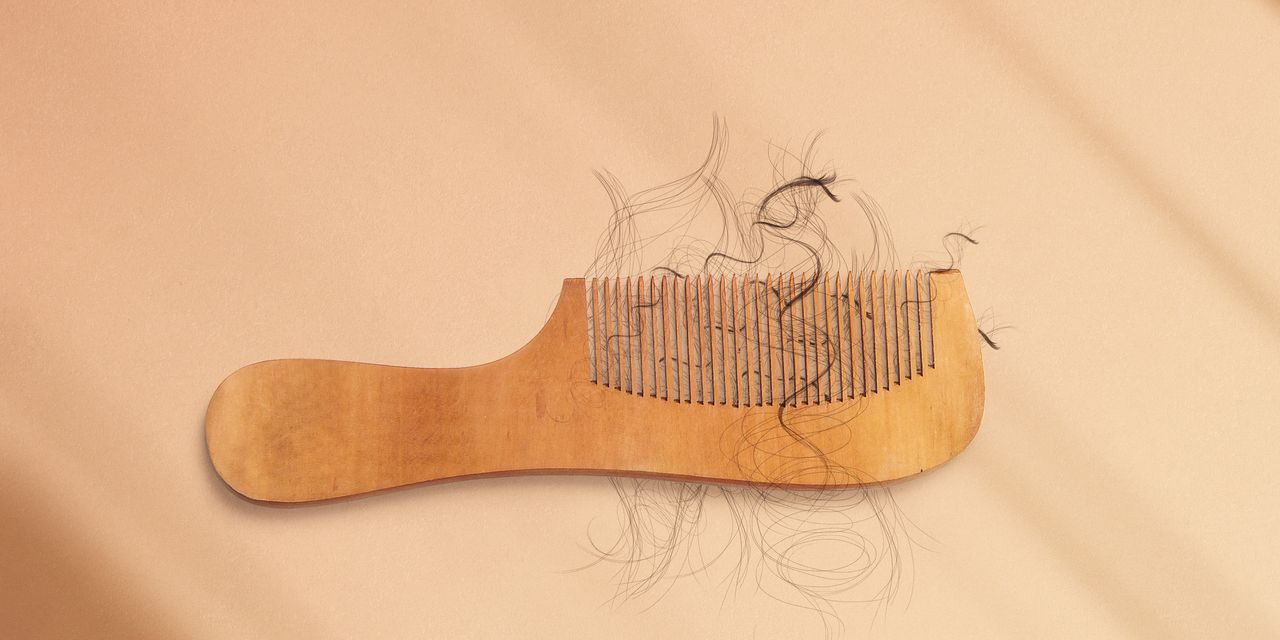Blog
6 Expert Ways to Help Lower Your Cholesterol Naturally

- Millions of Americans have high cholesterol, which increases their risk of heart attack and stroke.
- Heart health experts say there are natural strategies that may help lower cholesterol.
- While these won’t necessarily replace medication, they might help reduce your numbers.
Got high cholesterol? You’re in good company. According to the Centers for Disease Control and Prevention, roughly 25 million U.S. adults have high cholesterol, or a total blood cholesterol level of 240 mg/dL or above. That doesn’t mean you have to live with it, though. Heart-health experts say there are steps you can take naturally to bring down your numbers, and we’re going to share them with you.
Of course, we’re not suggesting that these strategies are a replacement for medication. But every little step you can take to reduce your cholesterol is one step closer to better heart health. Why? “Higher circulating cholesterol is associated with higher rates of atherosclerosis, or deposition of cholesterol in the blood vessels,” says cardiologist Minisha Kochar, M.D. “This includes the arteries of the heart as well as arteries that supply blood to other organs such as the brain.” In other words, having high cholesterol increases your risk of both heart disease and stroke.
These six everyday habits may help lower your numbers naturally.
1. Eat More Fiber
Although experts once believed that eating cholesterol in food caused high cholesterol in the blood, we now know that other dietary factors are actually more impactful. One of the most effective pieces of advice: eat more fiber, especially the soluble kind.
“Soluble fiber binds to bile acids in the intestine and helps eliminate them from the body,” says cardiology dietitian Michelle Routhenstein, M.S., RD, CDCES. “Since bile acids are made from cholesterol, this forces the liver to use more cholesterol to replace them, lowering blood cholesterol levels.” Several studies have found that the higher people’s fiber intake, the lower their cholesterol (both total cholesterol and the artery-clogging kind called LDL cholesterol). Not surprisingly, research has found that increasing your fiber intake may reduce your risk of cardiovascular disease, coronary heart disease and stroke. To add more soluble fiber to your plate, Routhenstein recommends foods like oats, barley, beans, lentils, apples and pears.
2. Work Out Regularly
Want to bring your cholesterol down and improve your mood while you’re at it? Get thee to the gym! Physical activity increases favorable HDL cholesterol, which helps transport harmful LDL cholesterol back to the liver for processing and removal. This ultimately improves overall cholesterol balance, says Routhenstein.
Almost any type of workout can be beneficial. Both weight training and aerobic exercise have been linked to decreases in total and LDL cholesterol., However, if you also want to increase your HDL, consider adding moderate- to high-intensity exercise, such as distance running or swimming, to your routine. If you’re wondering how much is enough, the American Heart Association recommends 150 minutes of cardio exercise weekly. Feel free to break that down in whatever way is most convenient for you. Whether that’s 10 15-minute brisk walks or five 30-minute spin sessions, either works.
3. If You Smoke, Seek Help Quitting
If you’re a smoker, quitting can be hard, but it’s worth pursuing. Research has shown that smokers have roughly 3% higher total cholesterol and nearly 7% lower HDL cholesterol levels than nonsmokers. In addition, their triglyceride levels are roughly 10% to 15% higher than those of people who don’t smoke.
Besides cigarettes’ influence on your cholesterol and triglycerides, there’s another not-so-nice element that further magnifies their impact on cardiovascular disease risk. “The toxins in cigarettes damage the lining of the blood vessels, making cardiovascular disease more likely,” says Kochar. The good news is that breaking the habit can help HDL rebound to healthier levels and may reduce the risk of heart disease and stroke.
4. Limit Added Sugars
Added sugars from sodas, cookies, candy, pastries and the like don’t just provide empty calories. They may promote weight gain, a known risk factor for high cholesterol. Research also shows that excessive sugar consumption could mess with your cholesterol more directly. For instance, one older review study linked greater sugar intake to higher LDL and lower HDL cholesterol levels. More recent research has found that people who drink lots of sugar-sweetened beverages like sodas and fruity drinks are more likely to have high LDL and low HDL than those who don’t usually consume sugary beverages.
If sweet drinks are your go-to, try adding a splash of fruit juice to sparkling water or iced tea instead of drinking soda or sweet tea. When you need to satisfy your sweet tooth, try a small square of dark chocolate. One study found it helped improve LDL cholesterol in people with diabetes.
5. Eat More Plant Sterols and Stanols
What are plant sterols and stanols, and why should you eat more of them? “Plant sterols and stanols are naturally occurring compounds that block the absorption of cholesterol in the digestive tract,” Routhenstein explains.
Because of this mechanism, these friendly compounds have a well-established track record of lowering cholesterol. You’ll find small amounts of them in foods like nuts, seeds, whole grains, legumes, vegetables and vegetable oils. However, to get the 2 to 3 grams that have been shown to reduce cholesterol up to 12%, you’ll need to supplement these foods with stanol- or sterol-fortified foods. Look for specially labeled fortified products, which are often found in foods like margarine, cheese, milk and juice.
6. Cut Down on Saturated Fat
Research is still teasing apart the exact effects of saturated fat on heart health. But for now, the AHA continues to recommend limiting this nutrient for the sake of your cholesterol. Routhenstein concurs. “Cutting back on foods like fatty meats, full-fat dairy, butter and processed snacks can significantly lower LDL and reduce cardiovascular risk,” she says. The AHA’s official guidance is to limit saturated fats to less than 6% of total daily calories. For someone who eats roughly 2,000 calories per day, that’s about 13 grams.
Cholesterol-Lowering Meal Plan to Try
7-Day Cholesterol-Lowering Meal Plan for Beginners, Created by a Dietitian
Our Expert Take
Heart-health experts say strategies like eating more fiber and plant sterols and stanols, limiting sugar and saturated fat, and working out regularly can all naturally help lower cholesterol. If you smoke, quitting is also one of the best things you can do. In some cases, medications like statins will still be necessary. “Even with the healthiest lifestyle, [normal cholesterol] can be difficult to achieve without medication,” says Kochar. This is especially true for people with a genetic predisposition to high cholesterol, she says. If healthy habits aren’t bringing down your numbers, be sure to follow your health care provider’s guidance regarding medication and the best cholesterol-lowering regimen for your unique needs.












